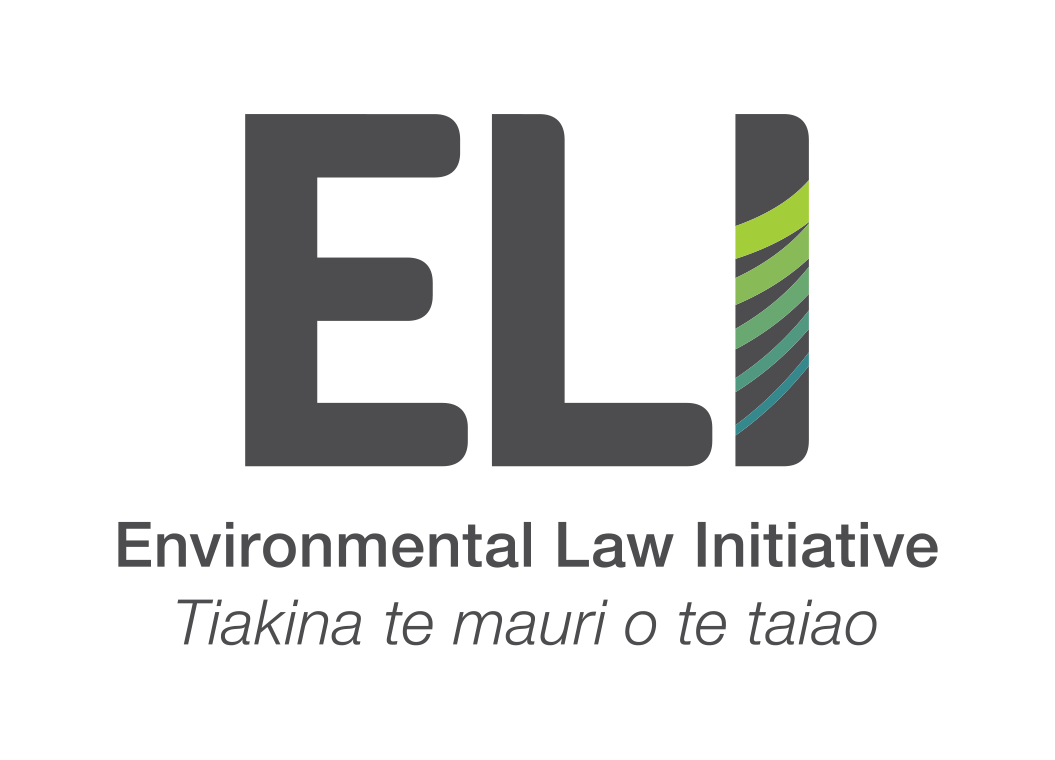ELI takes EPA to court over glyphosate-based herbicides decision
The Environmental Protection Authority’s decision-making about herbicides containing glyphosate will be under scrutiny after the Environmental Law Initiative (ELI) filed a judicial review in the High Court.
“Glyphosate-based herbicides are the most widely used weed killer in New Zealand. Yet it is alarming that we’ve been using these products for nearly 50 years without a full understanding of their impact on our people, native species, land, water, and ecosystems,” says ELI’s Senior Legal Advisor Tess Upperton.
Glyphosate was first registered in Aotearoa as a poison in 1975, but there has never been a comprehensive risk assessment of the chemical in a New Zealand context.
There are around 90 glyphosate-based herbicides approved for use in Aotearoa with Roundup being the most recognised brand.
“With a growing body of scientific evidence that demonstrates harm to human health and the environment, ELI believes a full and comprehensive risk assessment of glyphosate’s use in Aotearoa is well overdue,” says Ms Upperton.
"This is not necessarily about a ban. We are simply asking the EPA to properly consider that significant new information.”
Other countries have much stricter usage criteria around glyphosate-based herbicides than New Zealand. The European Union has banned their use on crops pre-harvest, and several countries have banned the domestic use of glyphosate.
“A reassessment would be an opportunity to ensure we are taking the proper precautions to protect our people and our environment," says Ms Upperton.
The EPA decision being challenged by ELI
In 2023, ELI asked the Environmental Protection Agency (EPA) if there were grounds to reassess glyphosate (and glyphosate-containing substances) under the Hazardous Substances and New Organisms Act (HSNO).
ELI provided the EPA with recent information which shows that glyphosate has impacts on the human nervous system and endocrine system, persists in the environment, and acts as a probable human carcinogen.
The EPA found that the information was not significant and therefore did not find grounds for reassessment. ELI is now challenging that decision in the High Court.
“What we know is that when glyphosate is mixed with other chemicals, such as heavy metals, it can be more toxic than glyphosate itself. Many of these co-formulants are designed to maximise glyphosate’s effects, such as chemicals that help glyphosate to stick to the surface of a plant or get into its cells,” says Ms Upperton.
ELI’s request to the EPA was about glyphosate in the various chemical formulations it is sold as, yet the authority ignored this aspect of the request and only considered glyphosate in isolation.
“As a result, the EPA’s decision left out this huge number of chemicals being used, which are also the most likely to be toxic to humans and diverse ecosystems.
“These chemicals end up everywhere. They are in our food, in our playgrounds, in our gardens, and in our waterways. The EPA should be making decisions based on a comprehensive understanding of how glyphosate and its co-formulants affect us here in New Zealand,” says Ms Upperton.
